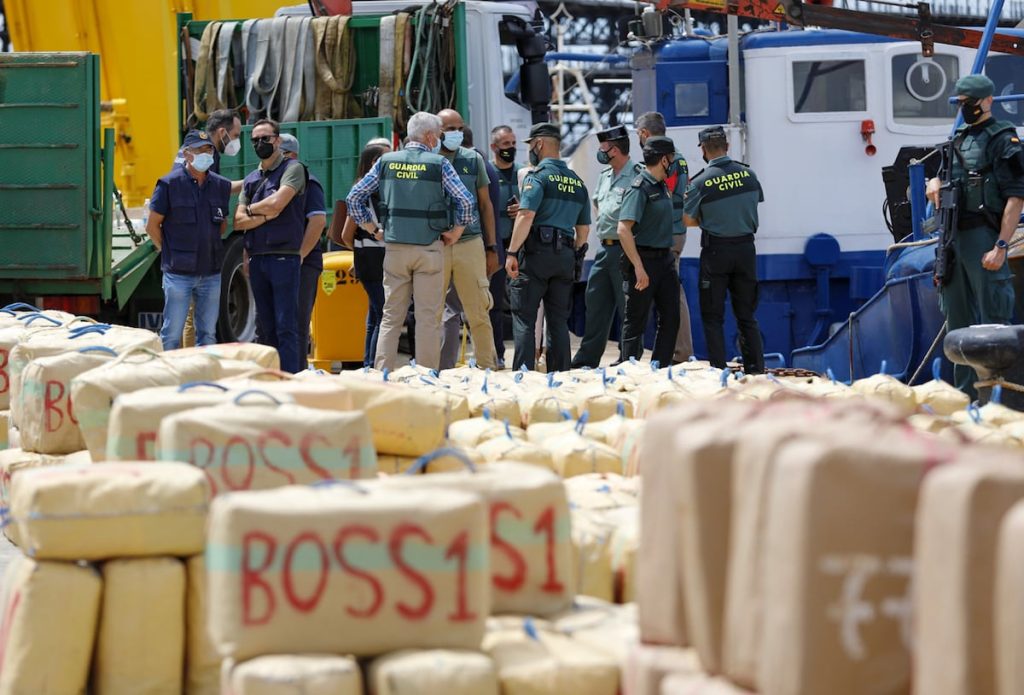The success of the Guardia Civil in fighting drug trafficking has created a logistical problem for the institution. They plan to build a large warehouse in Seville to store the drug seizures made in Andalusia, the main entry point for drugs into Spain. The volume of confiscations has exceeded the current storage capacity and they have had to use spaces not suitable for this purpose. The new warehouse will be located in the Comandancia de la Guardia Civil in Seville and will have a floor area of 530 square meters, with at least 324 square meters for drug storage. It will have the capacity to store around 50 tons of different drugs, mainly cocaine, hashish, and marijuana.
The project includes the use of prefabricated walls to accelerate construction and adapt the space for its intended use. The interior will be divided into nine storage areas, one for each provincial command in Andalusia. The design will also consider the typical format in which drugs are seized, such as cocaine in one-kilo packages, marijuana in bulk or bags of various sizes, and hashish in bales weighing 33-35 kilos. The warehouse will allow for the drugs to be stored on pallets using industrial machinery for easier handling. Security measures will also be implemented to prevent theft, following a previous incident in Cadiz where 290 kilos of cocaine were stolen in 2012.
Measures have been taken to speed up the destruction of seized drugs to reduce the risks associated with long-term storage. Currently, the Guardia Civil reports a minimum storage time of one month, which they consider longer than desired. The General Prosecutor’s Office has also highlighted the issue in its annual reports, citing the challenges of destroying increasing amounts of marijuana due to legal processes. In 2022, the Ministry of Interior destroyed 1,231 tons of drugs, with a significant portion burned in industrial ovens. They have sought to expand their destruction capacity, including the acquisition of biomass destructors and contracting companies to dismantle large marijuana plantations.
Interior has also invested in biomass destructors since 2017, allowing security forces to manage the destruction of plants themselves, addressing the security and health issues that arise from storing seized drugs until they are destroyed. The increasing amounts of drugs seized each year have prompted the Ministry of Interior to explore new methods of destruction, including the use of machinery and outsourcing the dismantling of large-scale marijuana plantations. These measures aim to improve efficiency and safety in handling seized drugs.


